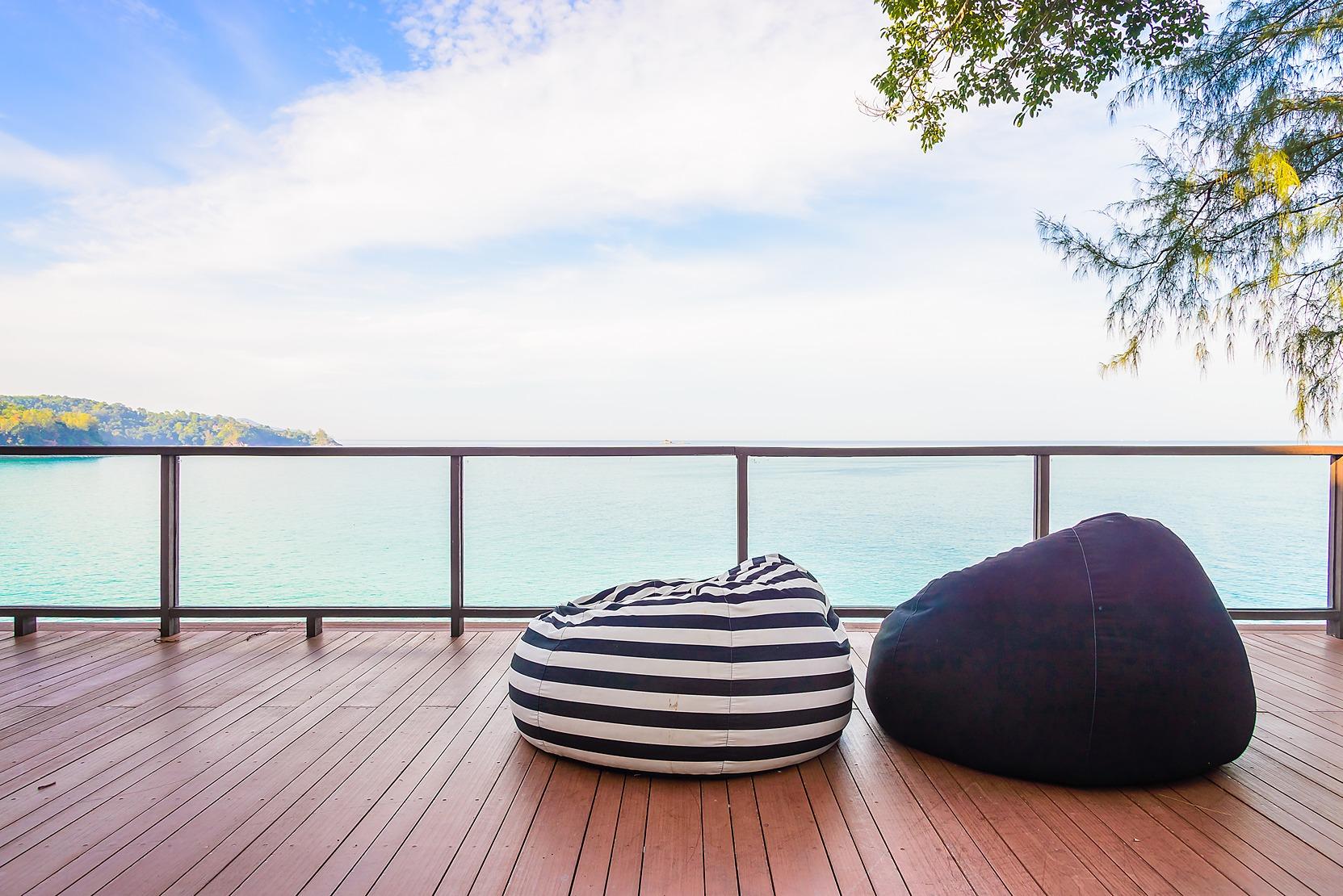If you’re considering building a new deck or replacing your existing one, composite decking is a great option to consider. Composite deck boards are made of plastic and wood fibers, making them an attractive, splinter-free, and low-maintenance alternative to natural wood.
When shopping for composite decking, one of the most important factors to consider is how well the material will withstand the weather conditions in your area. The climate you live in can significantly impact the performance and longevity of decking. Here’s what you need to know about choosing composite decking that’s suitable for your region’s climate:
Consider Temperature Extremes
The first thing to think about is the temperature range you can expect throughout the year. Many composites are designed to withstand extreme hot and cold conditions. However, some may become more brittle and prone to cracking after prolonged exposure to freezing temperatures or high heat.
If you live in an area with cold, snowy winters and hot summers, look for decking rated for a wide temperature tolerance. Co-extruded composites with a protective outer shell tend to offer enhanced protection from seasonal temperature swings.
Evaluate Rain and Humidity Levels
Frequent rain, storms, and high humidity can also impact decking over time. Moisture absorption can cause swelling, mold growth, staining, and accelerated wear. Additionally, pools of standing water left on the boards after storms or cleaning can impact surface traction and lead to other functional issues.
If you live in a particularly rainy climate or one with high year-round humidity, choose a composite rated for superior moisture resistance and wet slip traction. Composites with a capstock shell also provide an added moisture barrier for better performance through rainy seasons.
Consider Sunlight Exposure and UV Protection
Over time, exposure to sunlight and UV rays can cause fading, discoloration, and physical degradation of deck boards. Some composites are more prone to UV damage than others.
Pay attention to manufacturer warranties related to colorfastness and UV protection. Opt for decking made with UV-inhibiting materials if your deck will get full sun most of the day. Adding a dedicated UV-protectant sealant can provide further preventative protection.
Watch Out for Mold, Mildew, and Algae Growth
In persistently wet, humid, or damp climates – especially in shaded areas – composite decking may develop mold, mildew, or algae growth on the surface. This biological staining not only looks unattractive but can create a slippery surface and lead to premature failure of deck boards.
Seeking out composites formulated with antimicrobial properties or mold/mildew-resistant materials can help inhibit biological growth. Periodic cleaning with a dedicated composite deck cleaner containing bleach or peroxide can also help kill and remove existing spores.
Evaluate Wind Load Capacity
In regions prone to heavy winds, such as coastal areas and the Midwest, it’s important to use composite decking sturdy enough to withstand updraft loads without loosening, cracking, or blowing away in storms.
Check whether a given product meets code compliance for wind zone installation in your area. Opting for hurricane clips, closer joist spacing, and diagonal deck board installation can provide added wind resistance as well.
Read the Fine Print
When comparing composite decking options, read the manufacturer warranties carefully with your regional climate in mind. Many better-quality composites will detail their temperature tolerance, moisture resistance rating, mold inhibitor used, and more.
Seeking out decade-plus structural and stain/fade coverage provides assurance the product is built to last through years of local weather exposure. Shopping by warranty specifications relevant to your environment is a smart way to choose decking that will stand the test of time.
Install and Care for it Properly
No matter how well-suited the decking, proper installation according to manufacturer guidelines, paired with conscientious care and maintenance suited to your climate, will go a long way towards getting the most out of your composite deck.
Be sure to follow best practices for gapping, ventilation, drainage, cleaning schedules, and using recommended protectants to get the best performance. Doing your homework upfront and diligently caring for your deck will ensure you can enjoy low-maintenance backyard living for years before considering replacement.
Choosing the right composite deck boards for your region’s climate is critical to getting maximum durability and enjoyment from your investment. Do your homework on temperature tolerance, moisture resistance, mold protection, and wind ratings when shopping different products. Pair your purchase with proper installation and care tailored to local conditions, and your new low-maintenance deck is sure to provide lasting outdoor living space for your home.
